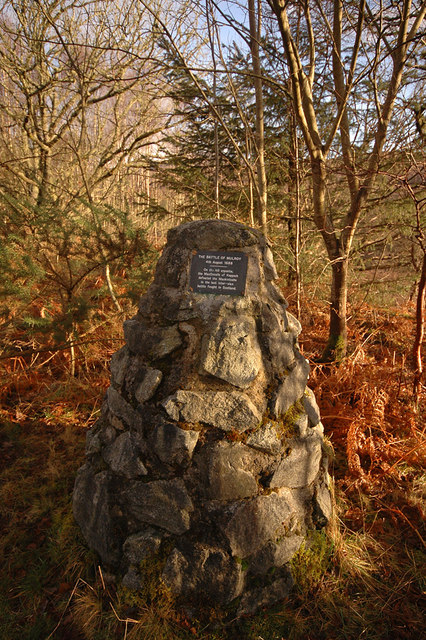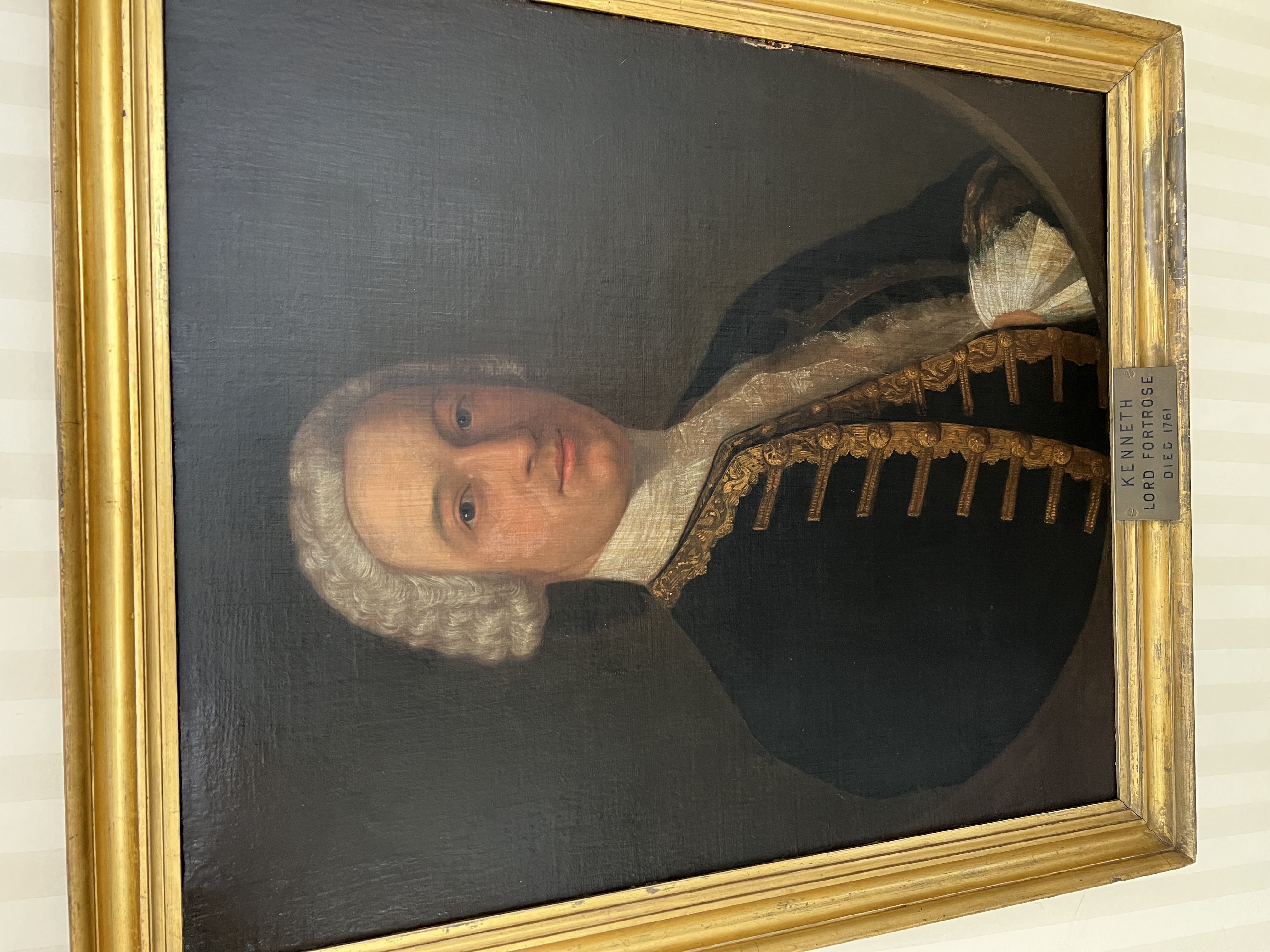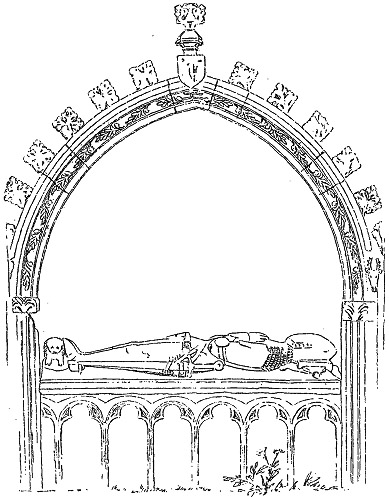|
Iain Mac Mhurchaidh
Iain mac Mhurchaidh, alias John MacRae (died ca. 1780), was a Scotland-born Bard from Kintail, a member of Clan Macrae, and an early immigrant to the Colony of North Carolina. MacRae has been termed one of the "earliest Scottish Gaelic poets in North America about whom we know anything." Edited by Natasha Sumner and Aidan Doyle (2020), ''North American Gaels: Speech, Song, and Story in the Diaspora'', McGill-Queen's University Press, pg. 14. MacRae fought as a Loyalist soldier during the American Revolution at the Battle of Moore's Creek Bridge and at the Battle of King's Mountain. His many war poems which celebrate the British cause during the Revolutionary War are an important part of Scottish Gaelic literature and remain popular among speakers of Canadian Gaelic. According to Michael Newton, MacRae the war poet so inspired the Gaels settled along the Cape Fear River to rise up and fight for King George III that American Patriots, "treated him with great severity." Early life ... [...More Info...] [...Related Items...] OR: [Wikipedia] [Google] [Baidu] |
Scotland
Scotland (, ) is a country that is part of the United Kingdom. Covering the northern third of the island of Great Britain, mainland Scotland has a border with England to the southeast and is otherwise surrounded by the Atlantic Ocean to the north and west, the North Sea to the northeast and east, and the Irish Sea to the south. It also contains more than 790 islands, principally in the archipelagos of the Hebrides and the Northern Isles. Most of the population, including the capital Edinburgh, is concentrated in the Central Belt—the plain between the Scottish Highlands and the Southern Uplands—in the Scottish Lowlands. Scotland is divided into 32 administrative subdivisions or local authorities, known as council areas. Glasgow City is the largest council area in terms of population, with Highland being the largest in terms of area. Limited self-governing power, covering matters such as education, social services and roads and transportation, is devolved from the Scott ... [...More Info...] [...Related Items...] OR: [Wikipedia] [Google] [Baidu] |
Patriot (American Revolution)
Patriots, also known as Revolutionaries, Continentals, Rebels, or American Whigs, were the colonists of the Thirteen Colonies who rejected British rule during the American Revolution, and declared the United States of America an independent nation in July 1776. Their decision was based on the political philosophy of republicanism—as expressed by such spokesmen as Thomas Jefferson, John Adams, and Thomas Paine. They were opposed by the Loyalists, who supported continued British rule. Patriots represented the spectrum of social, economic, and ethnic backgrounds. They included lawyers such as John Adams, students such as Alexander Hamilton, planters such as Thomas Jefferson and George Mason, merchants such as Alexander McDougall and John Hancock, and farmers such as Daniel Shays and Joseph Plumb Martin. They also included slaves and freemen such as Crispus Attucks, one of the first casualties of the American Revolution; James Armistead Lafayette, who served as a double agent ... [...More Info...] [...Related Items...] OR: [Wikipedia] [Google] [Baidu] |
Ensign (rank)
Ensign (; Late Middle English, from Old French (), from Latin (plural)) is a junior rank of a commissioned officer in the armed forces of some countries, normally in the infantry or navy. As the junior officer in an infantry regiment was traditionally the carrier of the ensign flag, the rank acquired the name. This rank has generally been replaced in army ranks by second lieutenant. Ensigns were generally the lowest-ranking commissioned officer, except where the rank of subaltern existed. In contrast, the Arab rank of ensign, لواء, ''liwa''', derives from the command of units with an ensign, not the carrier of such a unit's ensign, and is today the equivalent of a major general. In Thomas Venn's 1672 ''Military and Maritime Discipline in Three Books'', the duties of ensigns are to include not only carrying the color but assisting the captain and lieutenant of a company and in their absence, have their authority. "Ensign" is ''enseigne'' in French, and ''chorąży'' in ... [...More Info...] [...Related Items...] OR: [Wikipedia] [Google] [Baidu] |
Independent Highland Companies
The Independent Highland Companies were irregular militia raised from the Scottish clans of the Scottish Highlands by order of the Government between 1603 and 1760 in order to help keep the peace and enforce the law in the Highlands and were recognized as such by the Government. The officers of the Independent Highland Companies were commissioned as officers of the British Army but the Independent Companies were not recognized as official regiments of the line of the army. The Independent Highland Companies were the progenitors of the Highland Regiments of the British Army that began when ten Independent Highland Companies were embodied to form the Earl of Crawford's Highland Regiment that was numbered the 43rd Regiment of Foot in 1739. Early Independent Companies The first Independent Companies are generally regarded to have been formed after the Union of the Crowns in 1603 when James VI of Scotland became James I of England. It was thought that firm rule from the centre was t ... [...More Info...] [...Related Items...] OR: [Wikipedia] [Google] [Baidu] |
George Mackenzie, 3rd Earl Of Cromartie
George Mackenzie, 3rd Earl of Cromartie (c. 1703 – 28 September 1766) was a Scottish nobleman. Life He succeeded his father John, the 2nd earl, in February 1731. In 1745, he joined Charles Edward Stuart and he served with the Jacobites until April 1746 when he was taken prisoner in Sutherland after the Battle of Littleferry. He was tried and sentenced to death, but he obtained a conditional pardon although his peerage was forfeited, allegedly because his wife was heavily pregnant. He was however reduced to extreme poverty, because the family estates and rights were confiscated in 1748. He died on 28 September 1766 in Soho Square, London, having never gone north of the River Trent again, in keeping with the terms of his pardon. Family He married Isabel Gordon, daughter of Sir William Gordon of Invergordon, on 23 September 1724 and had a large family of young children in 1746. His numerous children, three sons, and nine daughters, were: *John Mackenzie, Lord MacLeod, de jure ... [...More Info...] [...Related Items...] OR: [Wikipedia] [Google] [Baidu] |
Charles Edward Stuart
Charles Edward Louis John Sylvester Maria Casimir Stuart (20 December 1720 – 30 January 1788) was the elder son of James Francis Edward Stuart, grandson of James II and VII, and the Stuart claimant to the thrones of England, Scotland and Ireland from 1766 as Charles III. During his lifetime, he was also known as "the Young Pretender" and "the Young Chevalier"; in popular memory, he is known as Bonnie Prince Charlie. Born in Rome to the exiled Stuart court, he spent much of his early and later life in Italy. In 1744, he travelled to France to take part in a planned invasion to restore the Stuart monarchy under his father. When the French fleet was partly wrecked by storms, Charles resolved to proceed to Scotland following discussion with leading Jacobites. This resulted in Charles landing by ship on the west coast of Scotland, leading to the Jacobite rising of 1745. The Jacobite forces under Charles initially achieved several victories in the field, including the Battle of ... [...More Info...] [...Related Items...] OR: [Wikipedia] [Google] [Baidu] |
Jacobite Rising Of 1745
The Jacobite rising of 1745, also known as the Forty-five Rebellion or simply the '45 ( gd, Bliadhna Theàrlaich, , ), was an attempt by Charles Edward Stuart to regain the Monarchy of Great Britain, British throne for his father, James Francis Edward Stuart. It took place during the War of the Austrian Succession, when the bulk of the British Army was fighting in mainland Europe, and proved to be the last in Jacobite risings, a series of revolts that began in Jacobite rising of 1689, 1689, with major outbreaks in 1708, Jacobite rising of 1715, 1715 and Jacobite rising of 1719, 1719. Charles launched the rebellion on 19 August 1745 at Glenfinnan in the Scottish Highlands, capturing Edinburgh and winning the Battle of Prestonpans in September. At a council in October, the Scots agreed to invade England after Charles assured them of substantial support from English Jacobitism, Jacobites and a simultaneous French landing in Southern England. On that basis, the Jacobite Army (1745) ... [...More Info...] [...Related Items...] OR: [Wikipedia] [Google] [Baidu] |
House Of Hanover
The House of Hanover (german: Haus Hannover), whose members are known as Hanoverians, is a European royal house of German origin that ruled Hanover, Great Britain, and Ireland at various times during the 17th to 20th centuries. The house originated in 1635 as a cadet branch of the House of Brunswick-Lüneburg, growing in prestige until Hanover became an Electorate in 1692. George I became the first Hanoverian monarch of Great Britain and Ireland in 1714. At Queen Victoria's death in 1901, the throne of the United Kingdom passed to her eldest son Edward VII, a member of the House of Saxe-Coburg and Gotha. The last reigning members of the House lost the Duchy of Brunswick in 1918 when Germany became a republic. The formal name of the house was the House of Brunswick-Lüneburg, Hanover line. The senior line of Brunswick-Lüneburg, which ruled Brunswick-Wolfenbüttel, became extinct in 1884. The House of Hanover is now the only surviving branch of the House of Welf, which is t ... [...More Info...] [...Related Items...] OR: [Wikipedia] [Google] [Baidu] |
Kenneth Mackenzie, Lord Fortrose
Kenneth Mackenzie, Lord Fortrose (1717 – 18 October 1761)Mosley, Charles, editor. Burke's Peerage, Baronetage & Knightage, 107th edition, 3 volumes. Wilmington, Delaware, U.S.A.: Burke's Peerage (Genealogical Books) Ltd, 2003. Volume 1, page 977. was a British politician and (by right of his ancestry) Chief of the Highland Clan Mackenzie. Origins Mackenzie was the eldest son of William Mackenzie, 5th Earl of Seaforth (died 1740) by his wife Mary, only daughter and heiress of Nicholas Kennet of Coxhow oxhoe in Kelloe parish, County Durham His father had taken part in the Jacobite rising of 1715 and had forfeited his estates and title under the Act of Attainder of 1716.Sir James Balfour Paul, ''The Scots Peerage'', volume VII (Edinburgh, David Douglas, 1910), at page 512 Career Mackenzie supported the Government during the Jacobite rising of 1745. He represented the constituencies of Inverness Burghs between 1741 and 1747, and Ross-shire between 1747 and 1761. He died ... [...More Info...] [...Related Items...] OR: [Wikipedia] [Google] [Baidu] |
Chain Mail
Chain mail (properly called mail or maille but usually called chain mail or chainmail) is a type of armour consisting of small metal rings linked together in a pattern to form a mesh. It was in common military use between the 3rd century BC and the 16th century AD in Europe, and longer in Asia and North Africa. A coat of this armour is often called a hauberk, and sometimes a byrnie. History The earliest examples of surviving mail were found in the Carpathian Basin at a burial in Horný Jatov, Slovakia dated at 3rd century BC, and in a chieftain's burial located in Ciumești, Romania. Its invention is commonly credited to the Celts, [...More Info...] [...Related Items...] OR: [Wikipedia] [Google] [Baidu] |
Clan MacKenzie
Clan Mackenzie ( gd, Clann Choinnich ) is a Scottish clan, traditionally associated with Kintail and lands in Ross-shire in the Scottish Highlands. Traditional genealogies trace the ancestors of the Mackenzie chiefs to the 12th century. However, the earliest Mackenzie chief recorded by contemporary evidence is Alexander Mackenzie of Kintail who died some time after 1471. Traditionally, during the Wars of Scottish Independence, the Mackenzies supported Robert the Bruce, but feuded with the Earls of Ross in the latter part of the 14th century. During the 15th and 16th-centuries the Mackenzies feuded with the neighboring clans of Munro and MacDonald. In the 17th century the Mackenzie chief was made Earl of Seaforth in the peerage of Scotland. During the Scottish Civil War of the 17th century the Mackenzies largely supported the Royalists. During the Jacobite rising of 1715 the chief and clan of Mackenzie supported the Jacobite cause. However, during the Jacobite rising of 1745 the ... [...More Info...] [...Related Items...] OR: [Wikipedia] [Google] [Baidu] |
Fernaig Manuscript
The Fernaig manuscript ( gd, Làmh-sgrìobhainn Fheàrnaig or ''Làmh-sgrìobhainn MhicRath'') is a document containing approximately 4,200 lines of verse consisting largely of political and religious themes. The manuscript was composed between 1688 and 1693 by Donnchadh MacRath in Wester Ross and is notable for the author's unique orthography which is, like the more famous Book of the Dean of Lismore, based upon English, rather than Classical Gaelic, phonetics. Although the manuscript has been studied, "translated" in accordance with correct Gaelic orthography and republished – for the first time in 1923 by Calum MacPhàrlainn – it has been said that it has yet to be reliably interpreted. In addition to the unusual spelling system used the manuscript is notable for several other reasons. It is the only record of Scottish verse which is similar in form and nature to that practised by the Munster poets at the start of the 17th century. It also contains religious poems which p ... [...More Info...] [...Related Items...] OR: [Wikipedia] [Google] [Baidu] |






